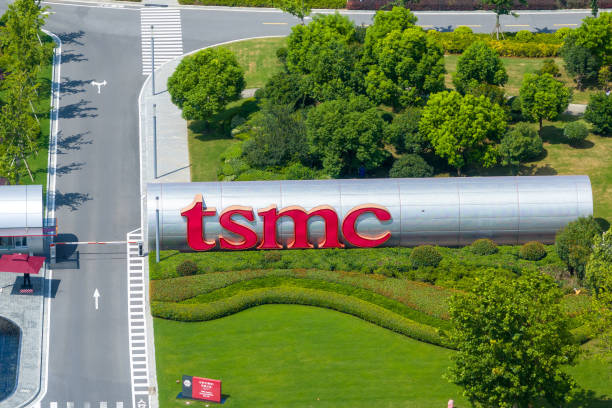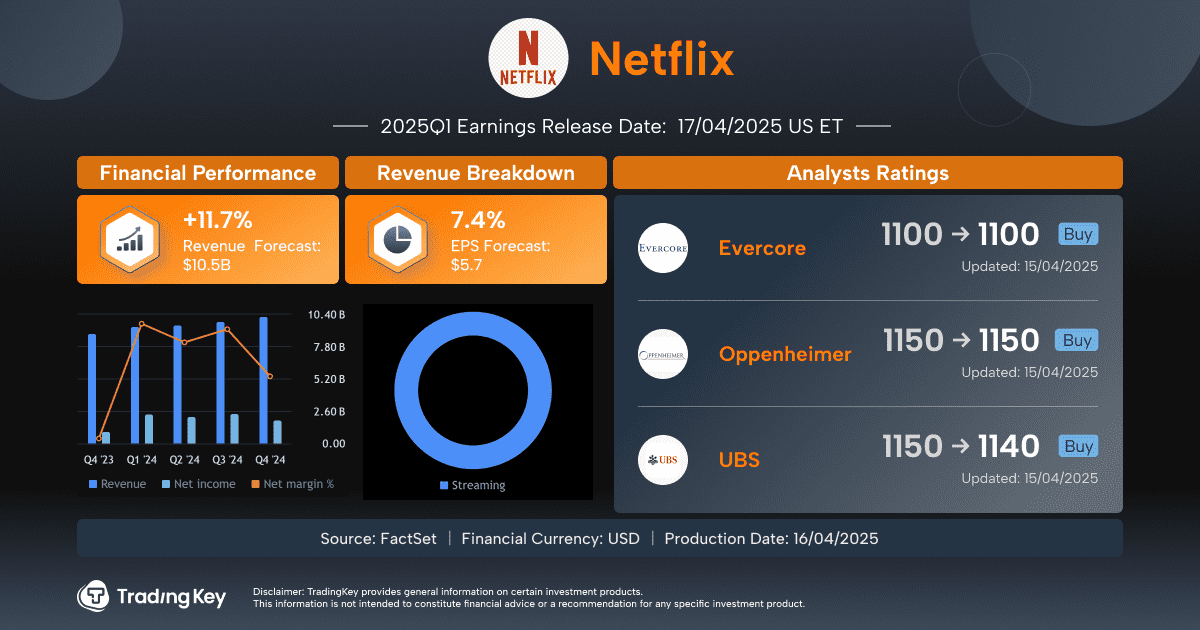Trump’s Pledge to Bolster the US Economy Runs Into Auto Industry Setbacks


TradingKey - President Donald Trump vowed to lower prices and boost the U.S. economy During his campaign. However, shortly after taking office, his policies have already intensified the challenges facing the struggling auto industry.
As part of his initial policies, President Trump has ordered a 25% tariff on imported steel and aluminum. These tariffs will apply broadly to all steel and aluminum products imported into the US, including those from Canada and Mexico, the country’s two largest foreign suppliers of these materials. The tariffs also apply to finished metal products, aimed at preventing countries like Russia and China from getting around existing import duties.
Trump argues that these tariffs will encourage more companies to set up in the U.S., creating jobs for American workers. However, economists warn that these import duties could add to inflationary pressures. Trump's team contends that other measures, such as deregulation and increased energy production, may offset the inflationary impact of higher commodity prices.
Rising CPI Highlights Auto Industry Struggles
January inflation data, released on Wednesday, showed consumer prices rising faster than expected, with auto-related costs particularly high. In addition to imposing tariffs on steel and aluminum, President Trump has also indicated plans to levy tariffs on imported semiconductors.
Higher tariffs on auto parts could increase repair costs, while rising new car prices would push up demand—and prices—for used vehicles. This, in turn, could drive up insurance costs and replacement expenses. The rising cost of cars and parts could eventually lead to higher insurance claims, which would only be reflected in premium adjustments over time.
Source: WSJ
Stagflation-lite: A New Threat to the U.S. Economy?
While the likelihood of a full-blown recession remains low, economists warn that the risk of mild stagnation is rising. Paul Ashworth, chief North America economist at Capital Economics, defines mild stagflation as a period of slow or flat GDP growth combined with inflation above 3%. Most forecasts anticipate GDP growth of around 2% this year, with inflation slightly below 3%—still above the Federal Reserve's 2% target.
Uncertainty surrounding trade policy is making business investment more challenging. Companies cannot finalize their plans without knowing the cost of imported materials, many of which are sourced from abroad. One measure of U.S. trade policy uncertainty has already surpassed levels seen during Trump’s first term.
Source: Bloomberg
If Trump significantly raises tariffs on multiple goods and keeps them in place for an extended period, inflationary pressures could mount. However, given his tendency to use tariffs as a bargaining tool, this outcome is not guaranteed.
Meanwhile, Trump has promised to extend his first-term tax cuts and introduce new ones. While these measures could support GDP growth, they may also fuel inflation if the economy expands too quickly. These uncertainties have led the Federal Reserve to pause interest rate cuts, which translates to higher borrowing costs for businesses.
The Auto Industry Is on Shaky Ground
Although Trump delayed a planned 25% tariff on goods from Canada and Mexico for 30 days, the auto industry remains concerned about ongoing negotiations and the risk of a broader trade war. The sector is already under pressure from intense competition with Chinese automakers and the costly transition to electric vehicles.
Tariffs would disrupt the entire automotive supply chain. Auto parts are produced by hundreds of suppliers, then modified or integrated into larger components like engines or dashboards before reaching assembly plants. This process is highly interconnected—one congressional report estimates that some parts cross the U.S., Canada, and Mexico borders up to seven or eight times before final assembly.
Ford CEO Jim Farley warned that prolonged 25% tariffs on Canadian and Mexican imports “would have a huge impact on our industry, with billions of dollars in profits wiped out,” affecting U.S. jobs and the entire automotive value chain.
Ford and General Motors shares have both dropped 7% this year.
Source: TradingView
Wall Street’s Growing Concerns
Market fears extend beyond the auto sector. “Companies will be expected to absorb the cost of tariffs targeting U.S. trading partners, which could weigh on global operating margins and lead to weaker stock prices—just as it did in 2018,” Bloomberg Intelligence analysts wrote, referring to Trump’s first-term trade battles with China and other major economies.
Bloomberg strategists Gina Martin Adams and Gillian Wolff warned that, beyond tariff-related pressures on corporate profits, a stronger U.S. dollar could also hurt earnings.







